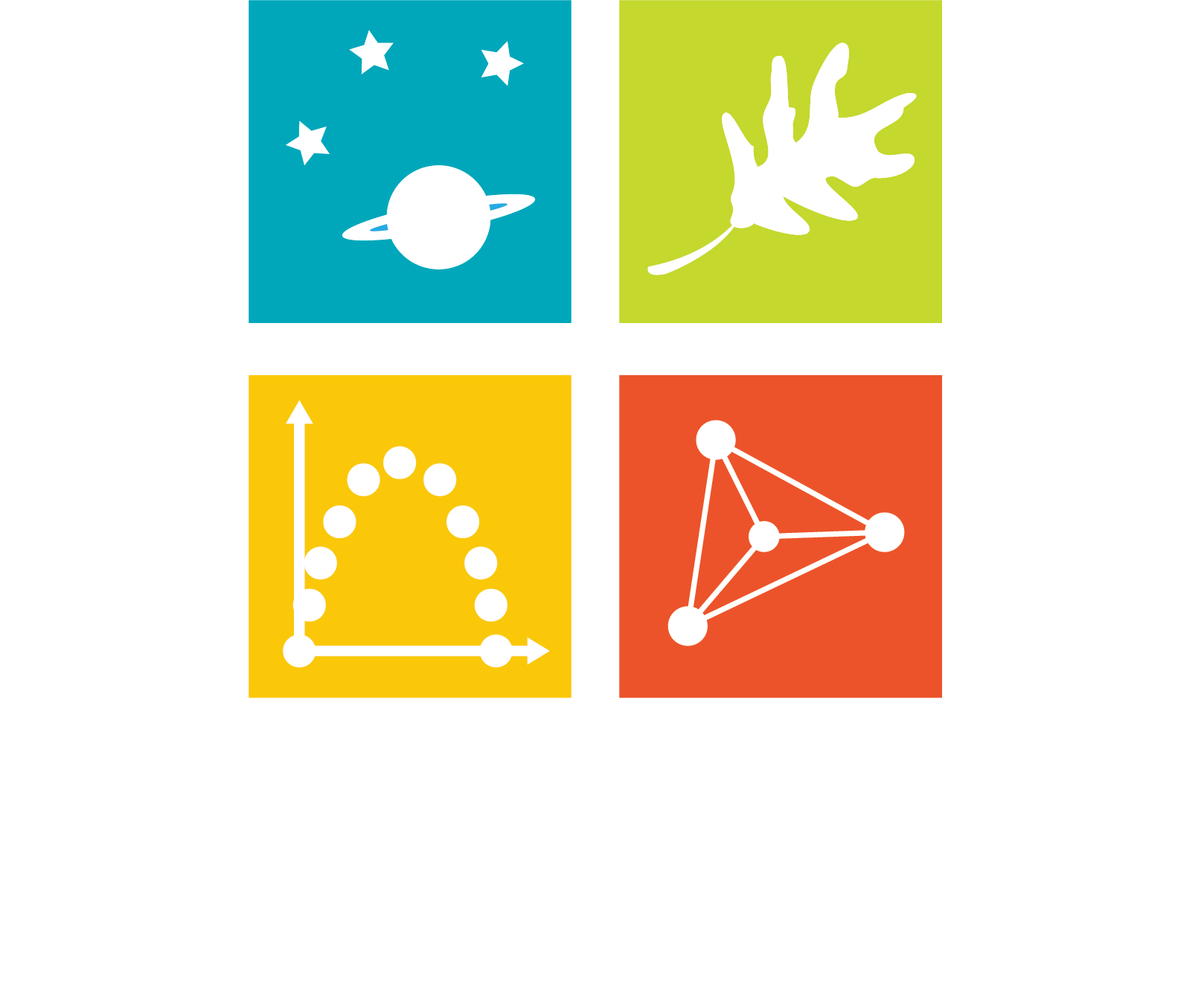NoCo Science Education Blog: Make Learning an Adventure! with Mary Richmond
Engaging Teachers and Students with Authentic Field Work
By Victoria Jordan
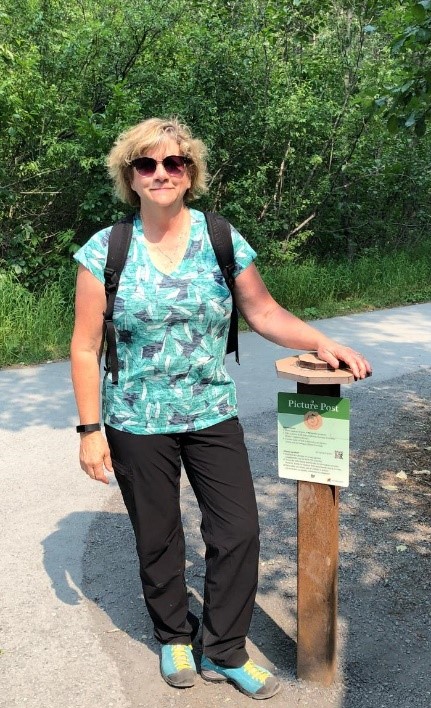
Because I DID in Africa!
“That’s what field researchers would do!” science teacher Mary Richmond calls to her class as she coaches them to sketch macroinvertebrates from the Poudre River, collaborate about a plan for an experiment, and explore the school grounds to find a good place for a photo post. She should know. She IS a field researcher!
Ms. Richmond recognized that she wanted to infuse more authentic science experiences into her classroom teaching. So, when a National Science Foundation grant was awarded to CSU professor Dr. Randy Boone in 2011 to take a science teacher along to Africa to study wildebeest migrations, Mary applied and found herself cavorting with wildebeests.
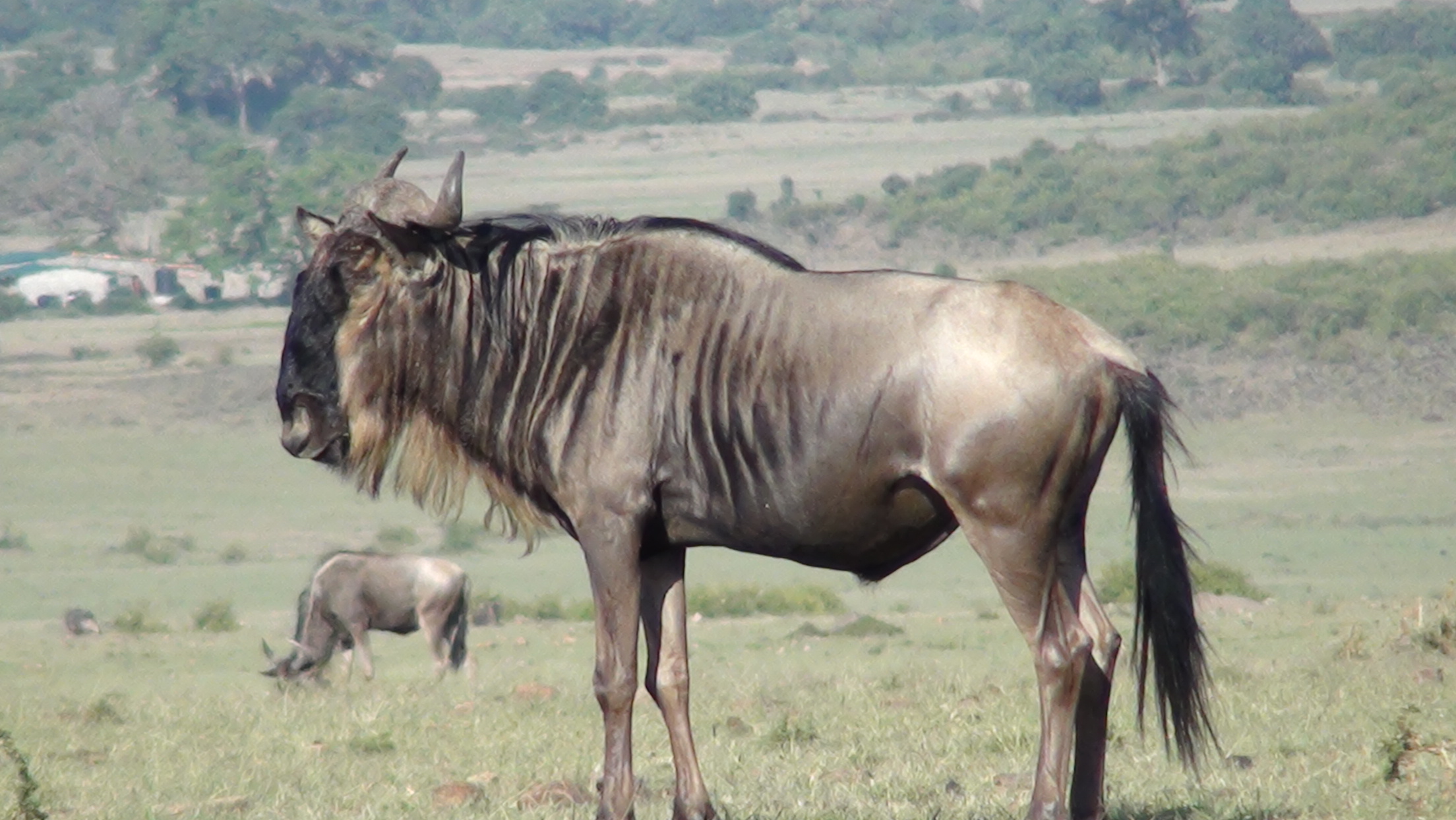
She learned how to use telemetry equipment, collected plant and fecal samples in the field, and tried to figure out how roads and fences were affecting wildebeest migration. The Serengeti ecosystem of Kenya became her classroom for three weeks in the summer, and she was the student.
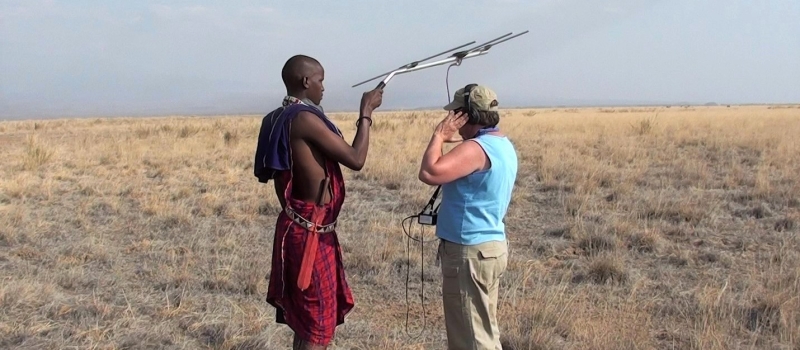
In excerpts from her journal, her wildlife encounters add up:
- As we drove down a desolate road, we found a leopard. It was in a tree, sleeping. Its paws and tail were hanging off the branches.

- We saw more giraffes, elephants, and hyenas. The local water hole we arrived at was a den of activity. Elephants were playing in the water, giraffes were on guard and under the bushes, on a rock wall were 2 lion cubs! Wow!
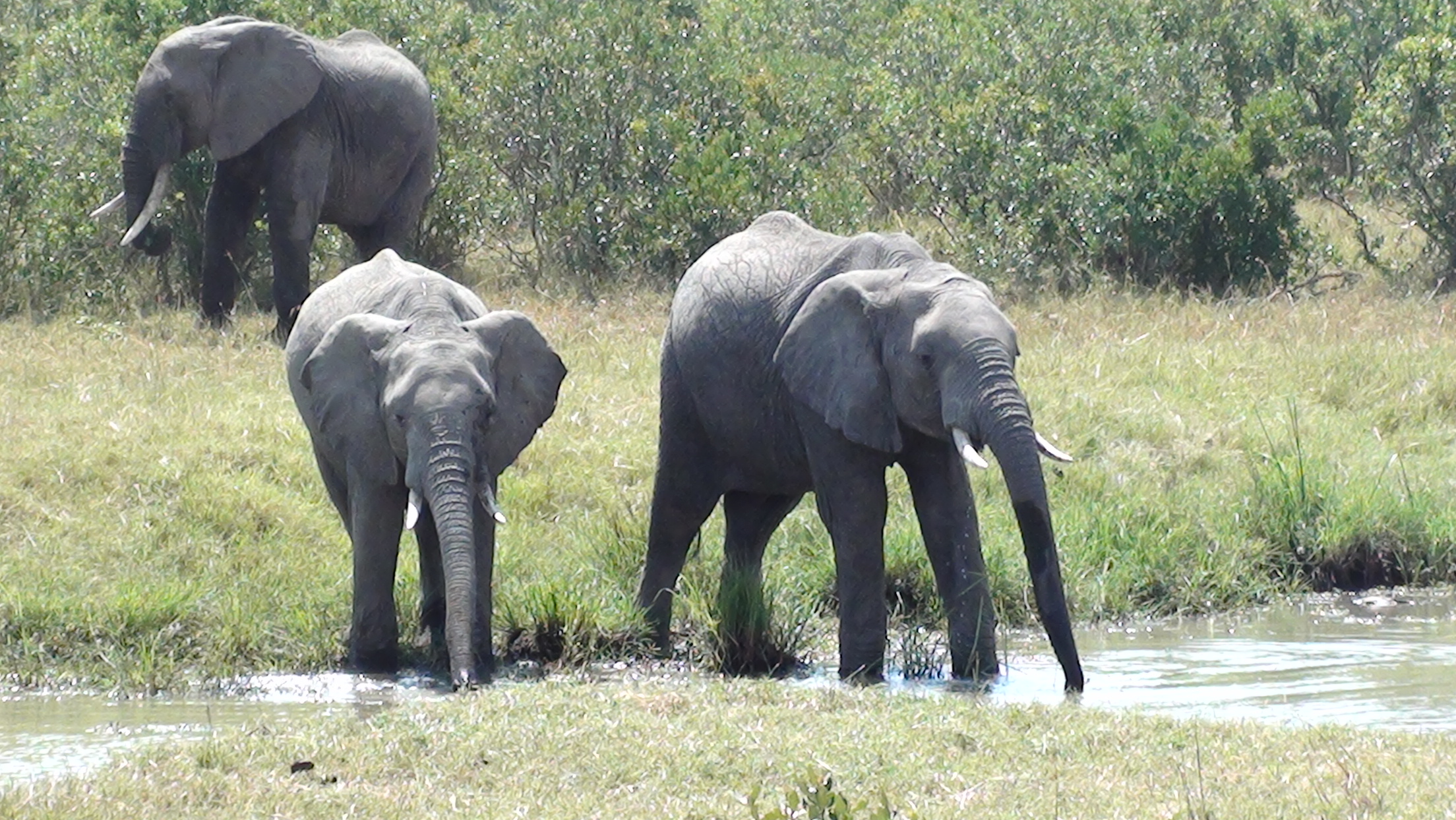
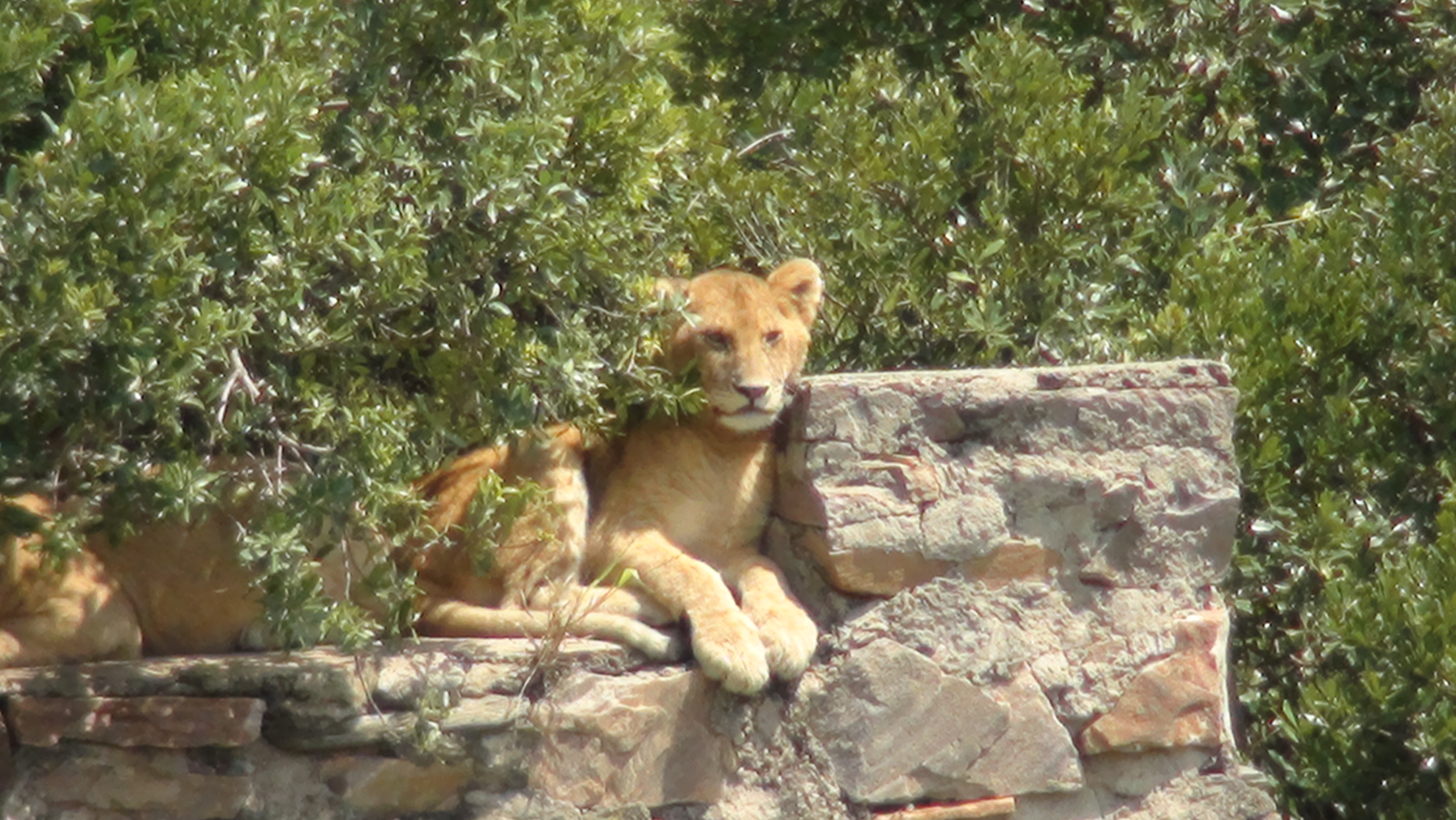
- I think Alfred got a little lost because we ended up in Tanzania. Oops! But we found the Mara River where we saw vervet monkeys, baboons, and hippos. The wildebeests will probably cross the river tonight or tomorrow morning.
Field research can be a messy business. It is experiences like these, however, that Mary could use to encourage her students to stick it out when the scientific process becomes challenging.
- Paul’s backpack got pooped on by vervet monkeys, and he had to change his shirt twice.
- We got stopped by the local conservancy wardens. We were not allowed to continue tracking the wildebeest in this area until we got permission from the head man.
- Dusty, dusty, dusty! My snot is even brown and Amboseli red.
- We started this morning searching for the wildebeest we could not find yesterday. We spent hours, and did not find him today, either.
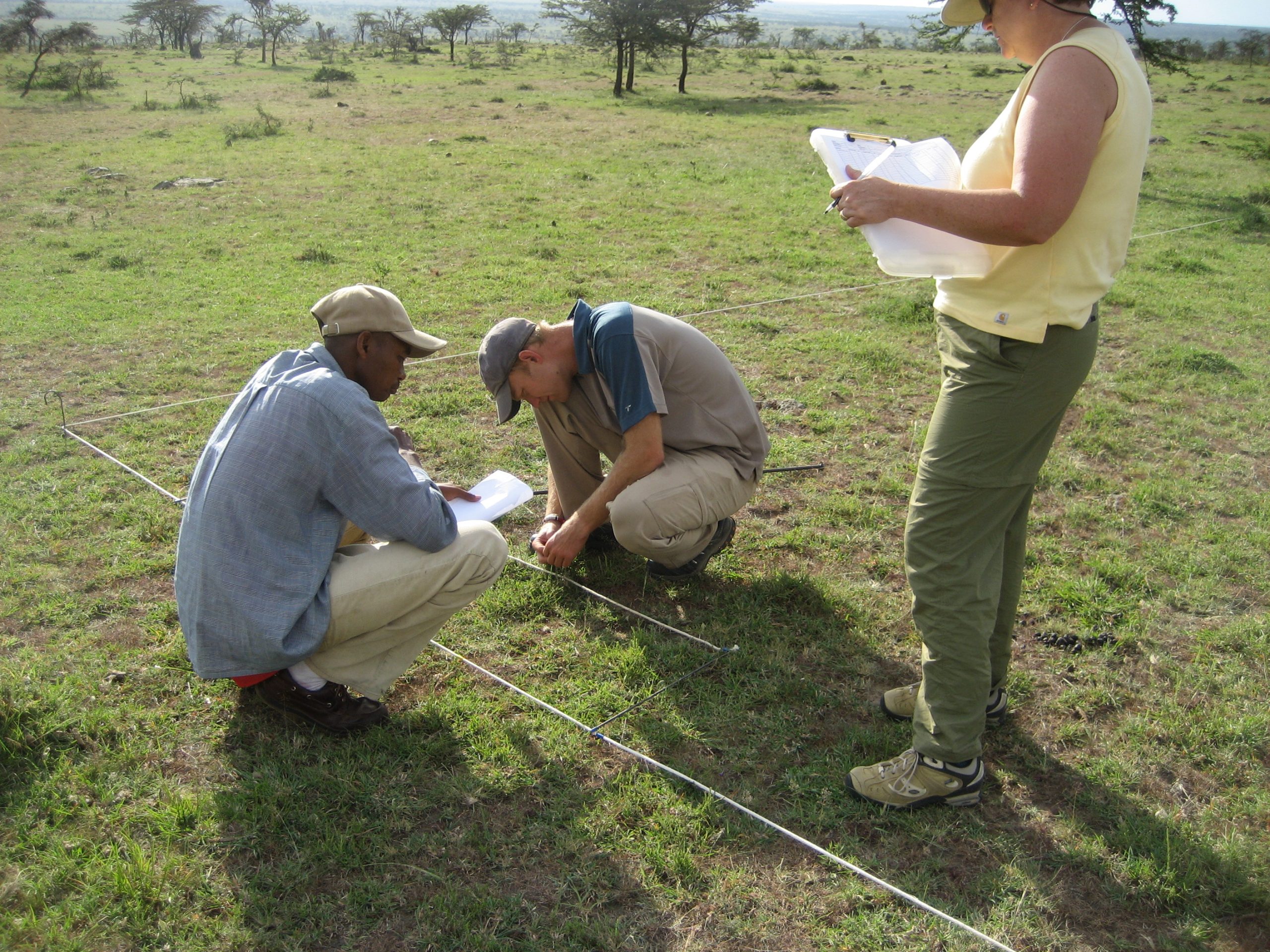
The cultural experiences were equally enthralling. The research team stayed in a Masai village.
- Masai dancers greeted us at the entrance, and Masai people took our luggage to our rooms. I think they are half my size and two times stronger!
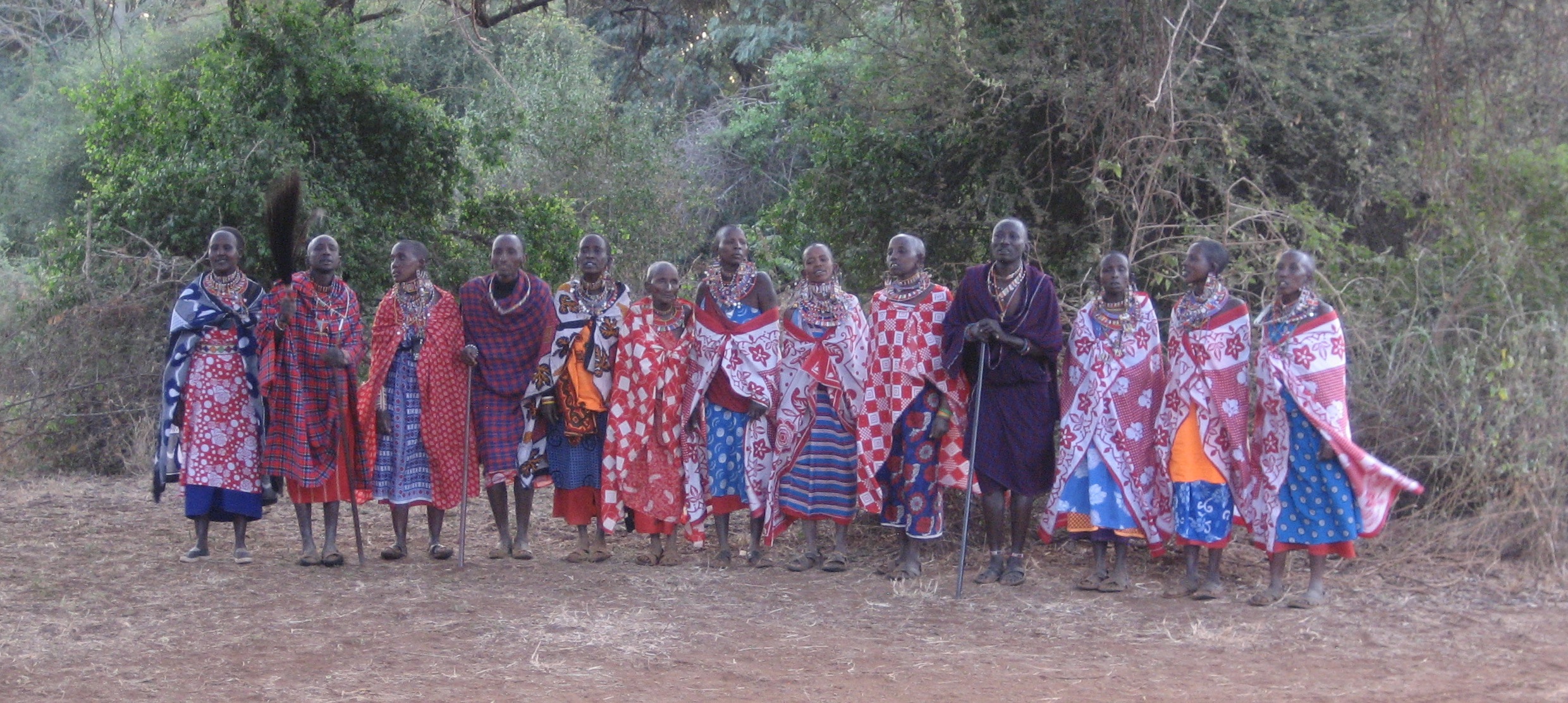
- Milk was warmed up over an open fire and diluted with water. Green tea in the milk, then strained and poured into metal cup. Served with chipati hot off grill.
- We had an interesting conversation with Sauna, Alfred, and Joseph about marriage, polygamy, and children.
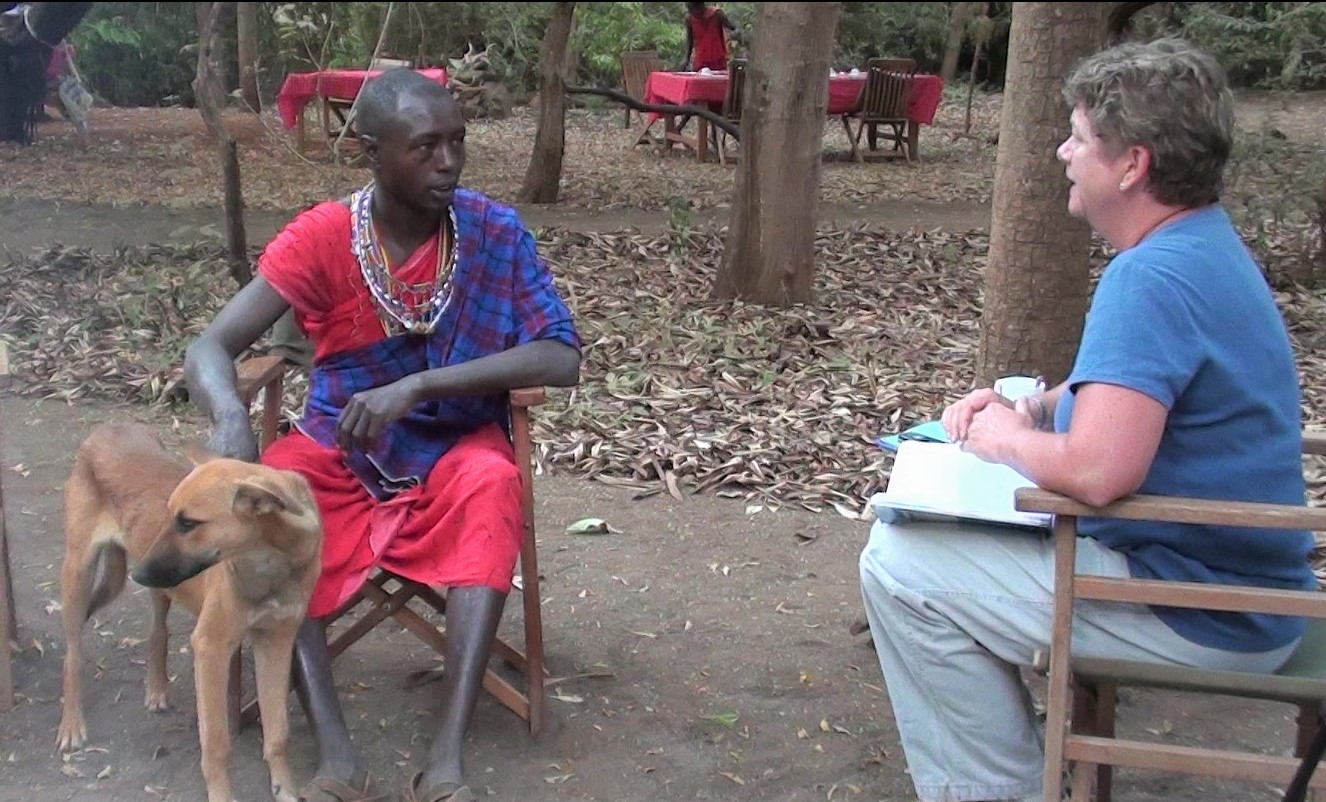
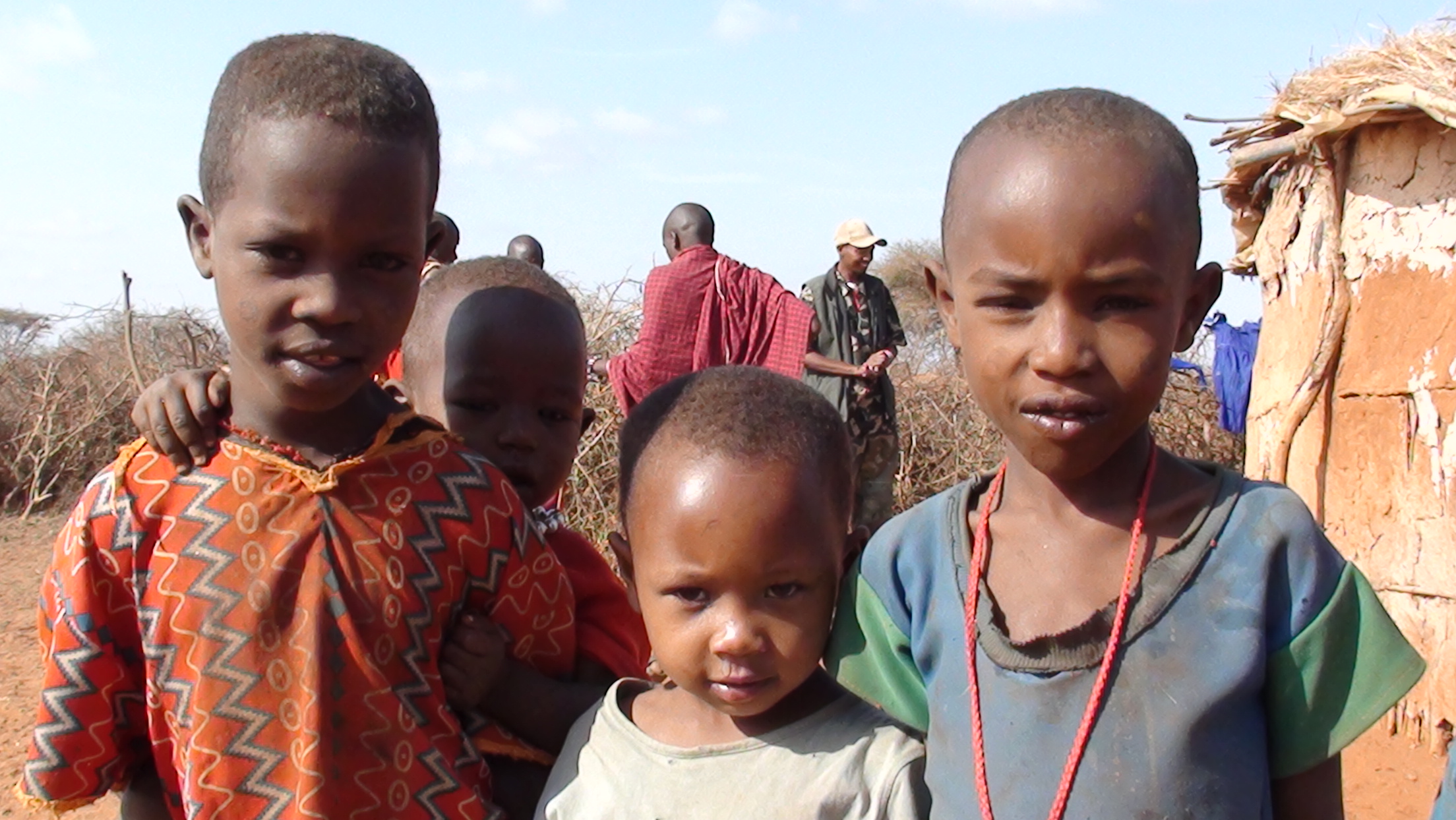
- Swahili words: Asante – thank you; karibu – you’re welcome; simba – lion; mazongoo – white man
Forward-thinking Ms. Richmond had her Colorado students draw pictures of what their life is like, and contribute their favorite books to donate to a school in Kenya. When she visited the school in Kenya, the students exchanged pictures and books, and she brought a bit of Kenya back to her students in this manner.
Because Mary DID field research, her students see her as a scientist.
Code Switching in Guatemala
“The world is a smaller place than we sometimes think.” One of Mary’s many field experiences was a summer Spanish Language and Cultural Immersion Program to Guatemala in 2014. Naturally, Mary focused on ways to bring her experiences back to her science classroom.
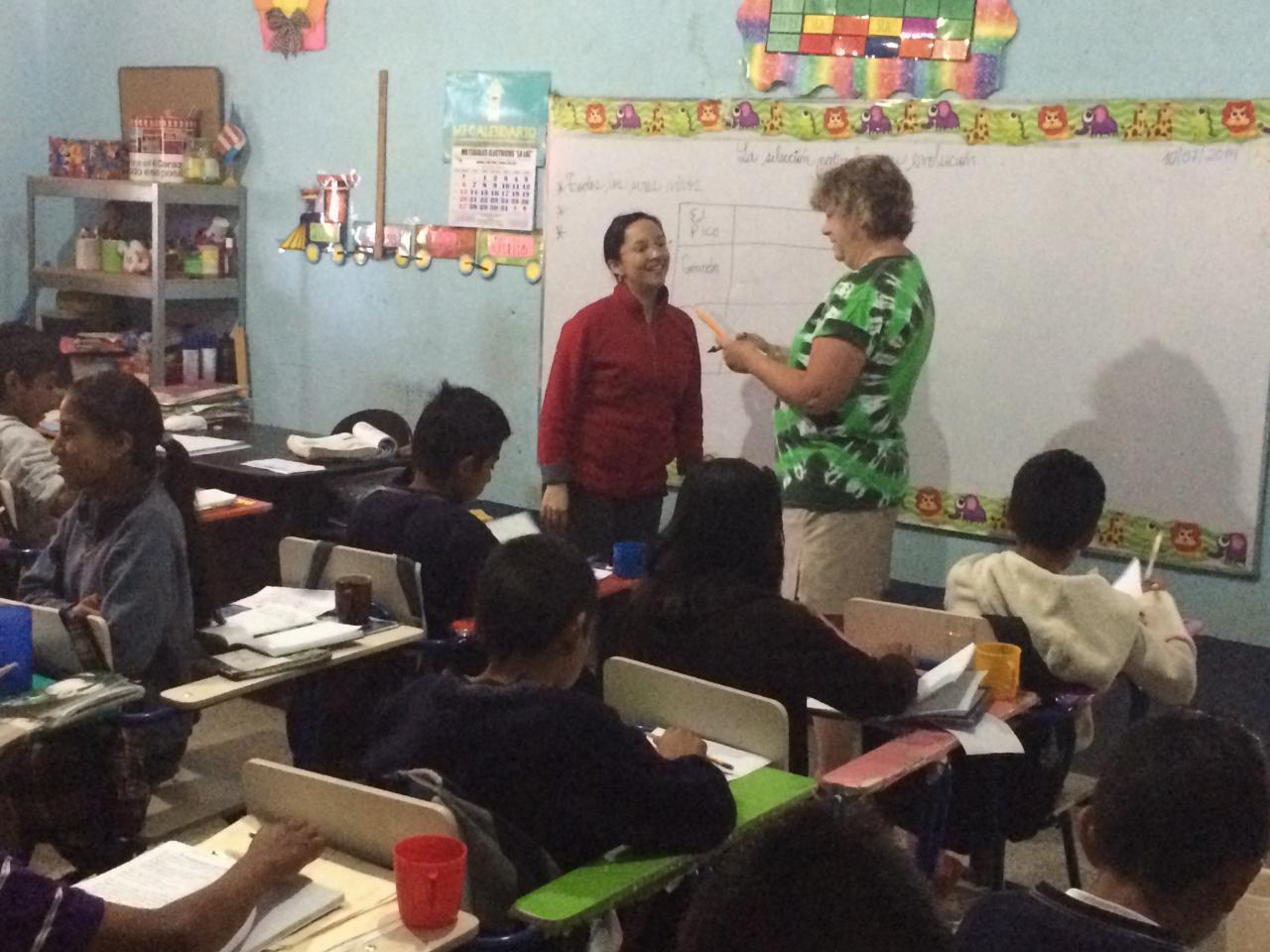
From her journal:
- One coffee tree produces enough beans for one small bag, or 32 cups of coffee.
- Musical instruments were made from conch shells, turtle shells, animal hides and tree trunks.
- Textiles from different regions in Guatemala have different patterns, and warmer climates near the ocean use more white fabrics for their clothing.
- There are 33 volcanoes in Guatemala. One is huffing and puffing in the distance.
Mary taught a 6th grade class a lesson on natural selection, in Spanish. She struggled with the language barrier, and recognized that the students who were trying to learn English struggled with verb tenses, just as she was doing in Spanish. There was a lot of code switching, blending Spanish and English to get points across. Getting jostled by crowds in an open-air market, taking photos with chickens on a bus, and roasting marshmallows in the vent of a caldera were all experiences this Colorado girl will never forget.
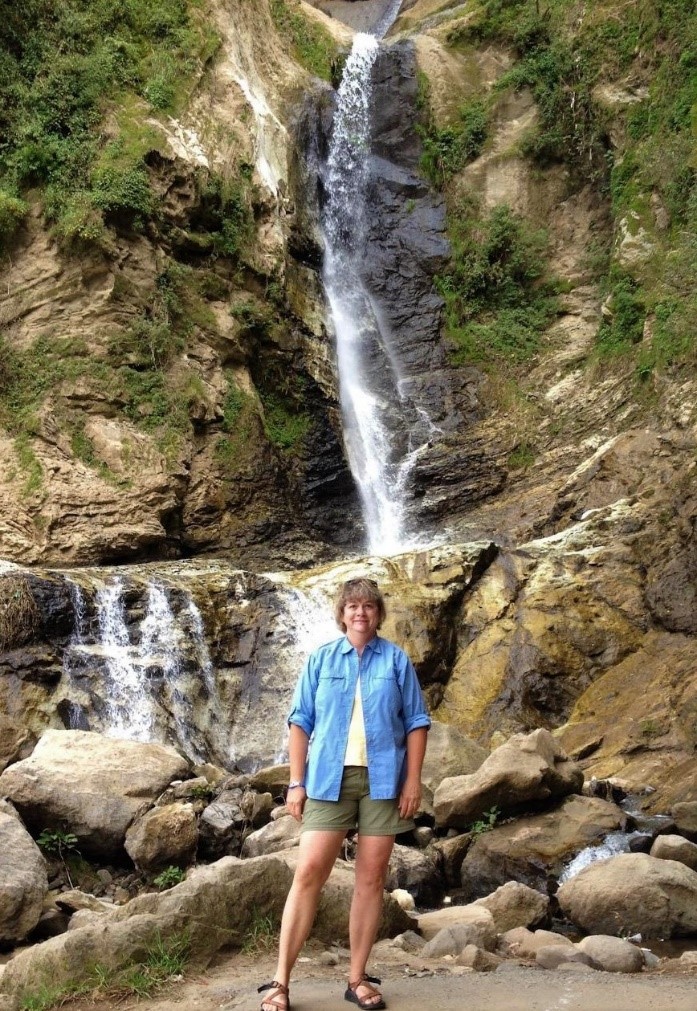
Toolik, Alaska
In a Research Experience for Teachers (RET) with the Natural Resources Ecology Lab at CSU, Mary did phenology and soil studies at the Long-Term Ecological Research Station in Toolik, Alaska in 2016.
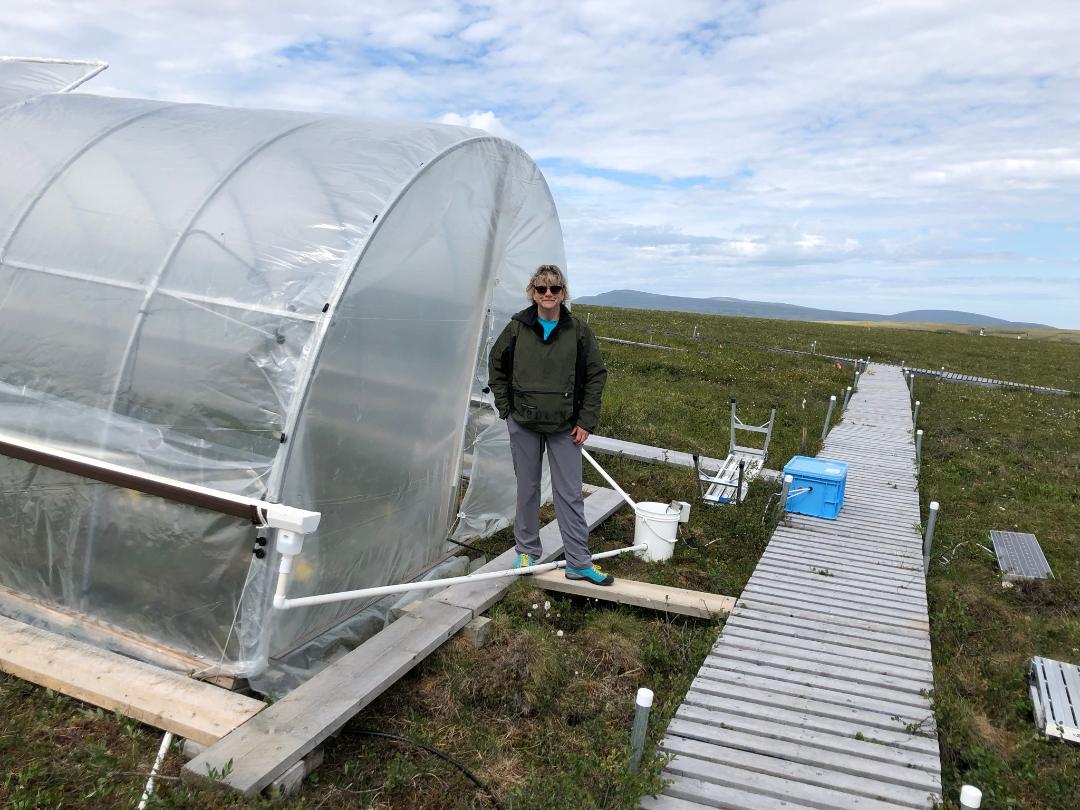
- Mary taught a fire ecology unit in her middle school classroom, and was interested in how fire affects the arctic ecosystem.
- She participated in soil studies in Alaska to compare carbon and nitrogen in severely burned, moderately burned, and unburned soil.
- She learned about photo posts which allow researchers to take pictures of the landscape at various times of the year from the same location and do comparative analysis. This aids in phenology studies of seasonal latitude changes as well as long term changes.
- Her science notebook allows her to recall details, share with her students how “real scientists” keep notes, and question and reflect on her own learning.
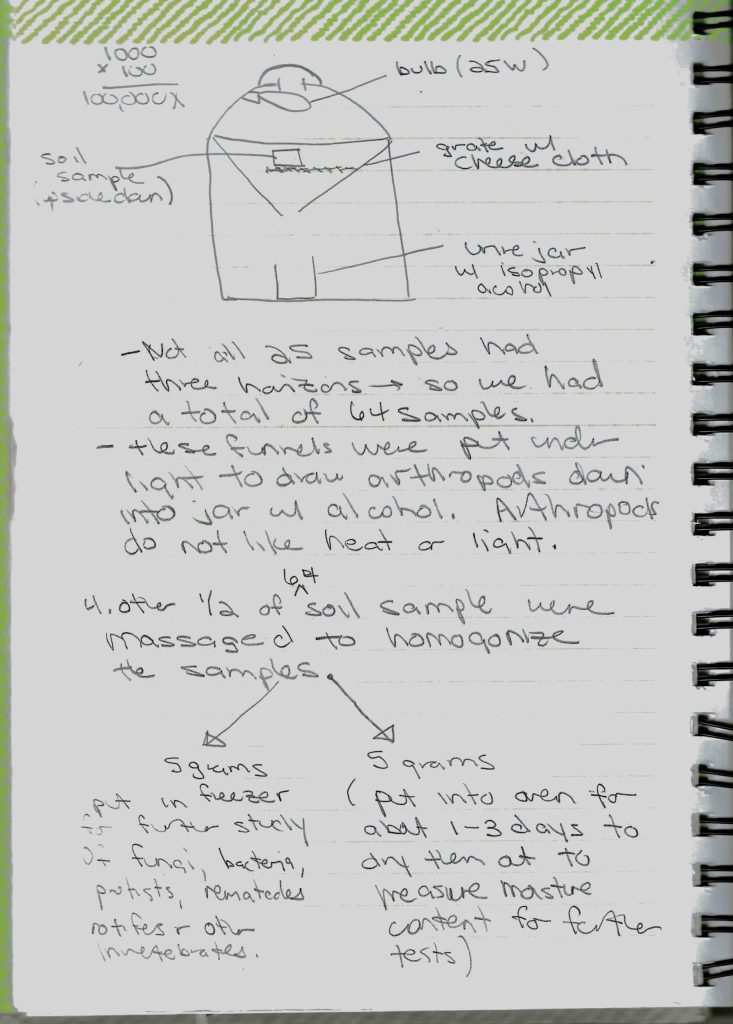
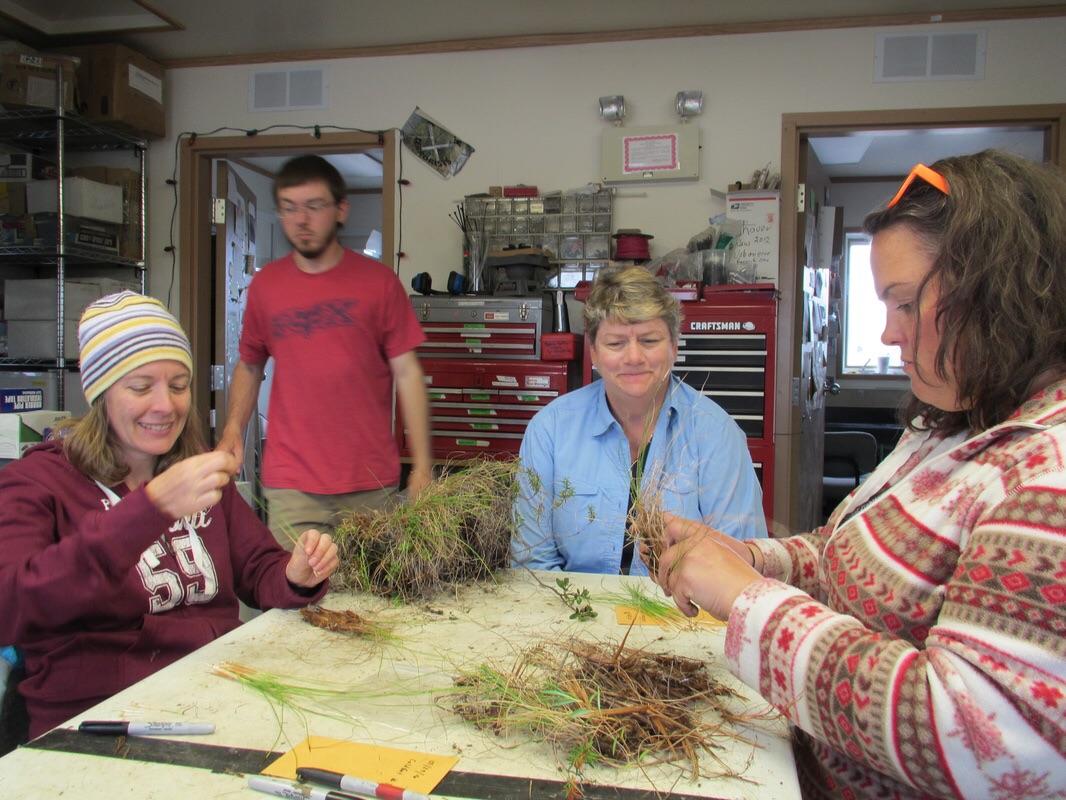
Bringing it Home
“My science travel experiences have kept my science teaching invigorated.” Mary taught at Cache La Poudre Middle School in LaPorte, Colorado for decades. The school includes property that borders the Poudre River, and is an ideal outdoor classroom. “I can take kids to the river anytime!” she remarks. She encouraged teachers in her building to use the river for any discipline, not just science. Her department developed lessons using the river for chemistry, physics, geology, biology, and ecology. Taking kids outside made science relevant and real. She used her field research experience to help her students do their own field research. Students conducted site analyses, used field notebooks, collaborated with others, used photo posts and game cameras to collect visual data, used dip nets, dichotomous keys, and probes to collect quantitative data. Students would refer to data collected by students in years past, mimicking the Long-Term Ecological Research that Mary participated in at Toolik.
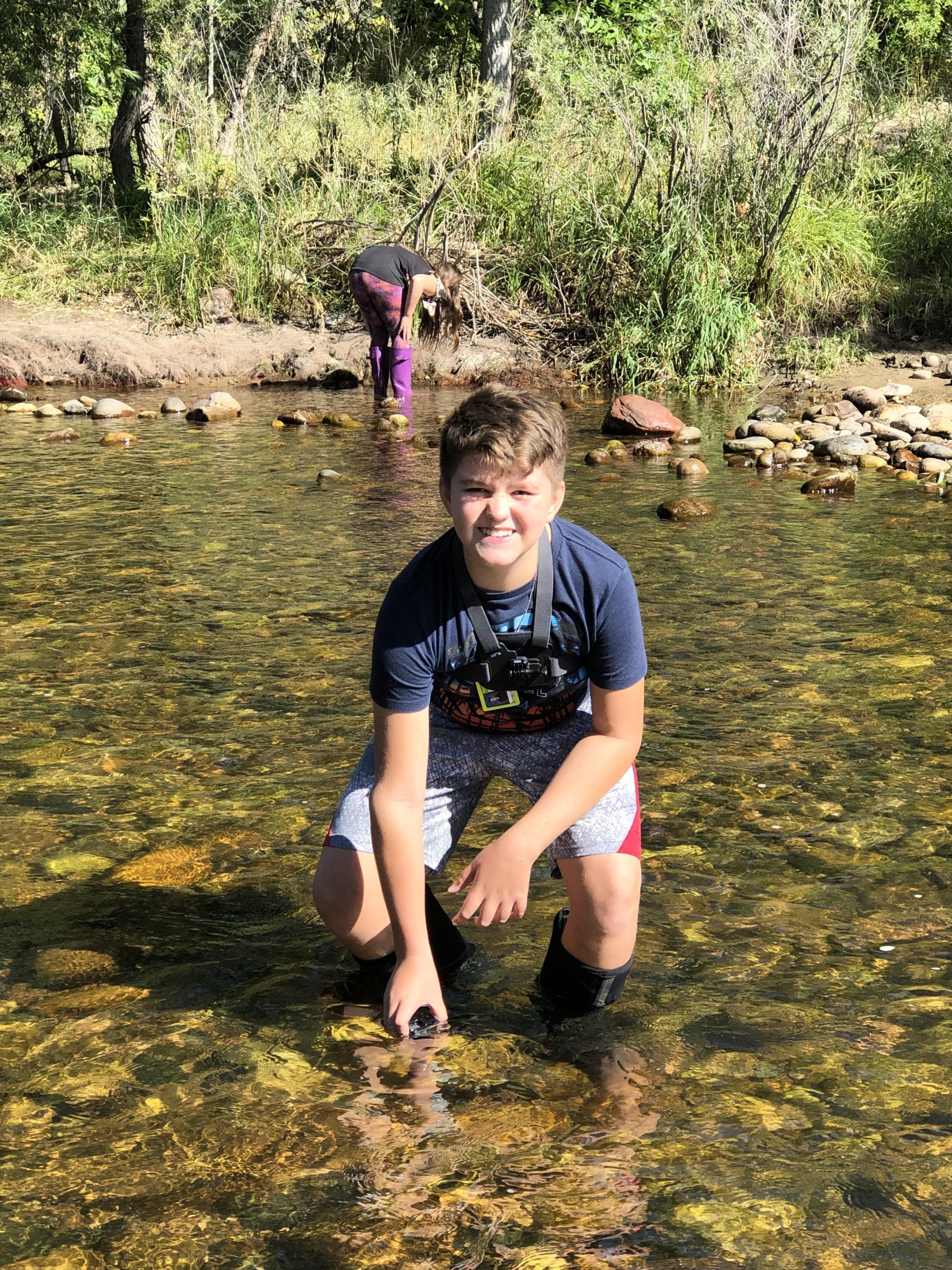
Some teachers are concerned about taking students outside. One thing Mary Richmond was able to do at her school was to get teachers comfortable keeping an entire class engaged in learning while staying safe in an outdoor setting. Even though she is now retired, she hopes to continue to help teachers get kids outside, take field trips, and find ways to use their school grounds and surrounding neighborhoods as outdoor classrooms.
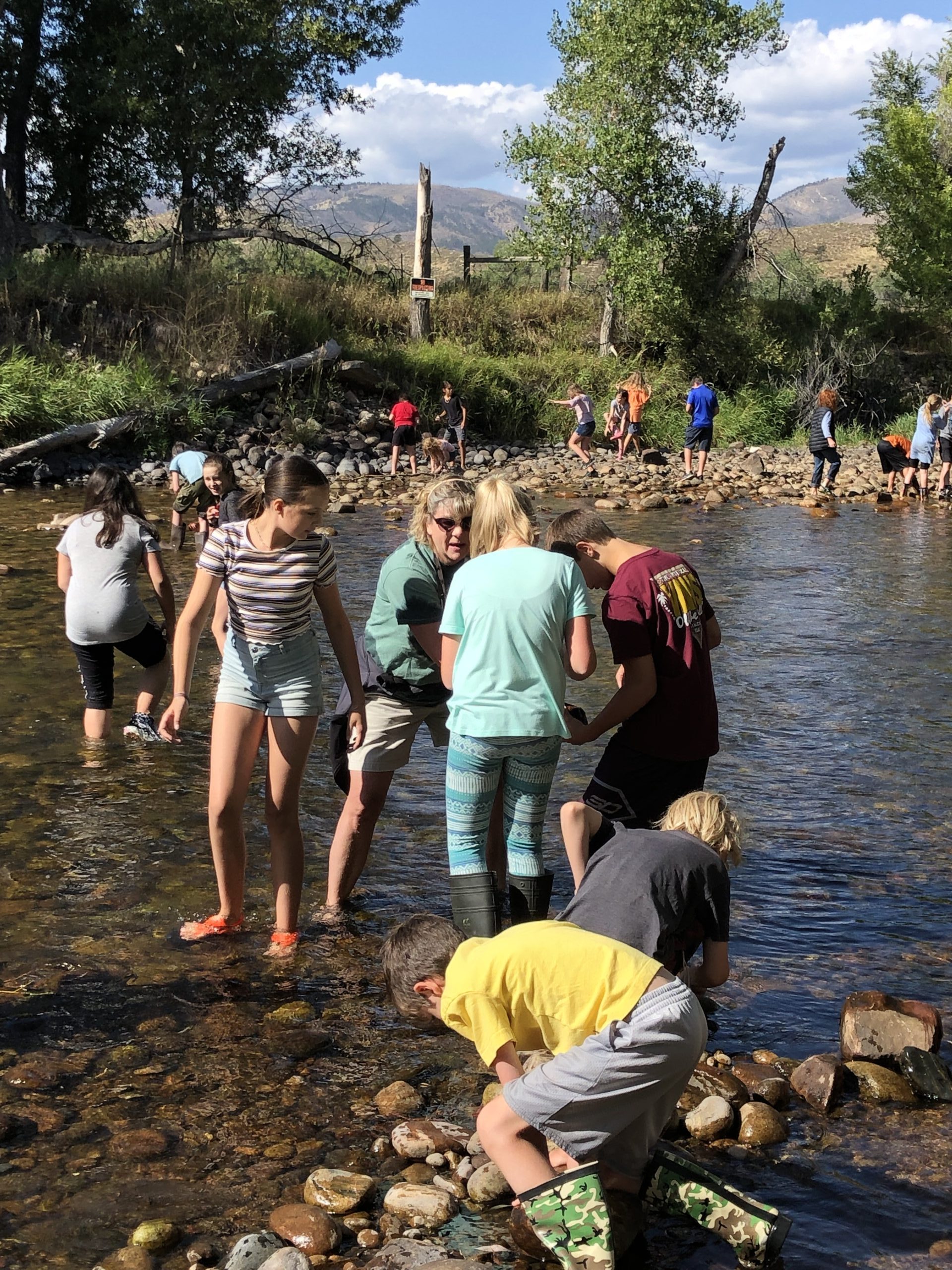
Field Work in a Pandemic
“The important thing is to get kids outside!”
How can you do this when learning is remote and on a computer screen? Mary Richmond figured out ways to make it happen during the pandemic. Phenology studies became one way for students to share data by taking pictures of the plants in their yards and posting them throughout the year. She played “Nature Bingo” where students had to explore their neighborhood taking pictures of things on a class list, and then sharing their findings by playing bingo together on their computer screens. Mary continues to ask her kids to get wet, get dirty and get excited about science!
Go For It
Do you want memories of science field experiences around the world when YOU retire? If you are a researcher, consider offering an opportunity for teachers to join your team in the summer. If you are a teacher, start looking for research opportunities now.
- Take the plunge with a NOAA research vessel.
- Go out on a limb in a rainforest in Costa Rica.
- Grow with the maize in Mexico.
- Go ape with gorillas in Rwanda.
Stay fresh with field work.
